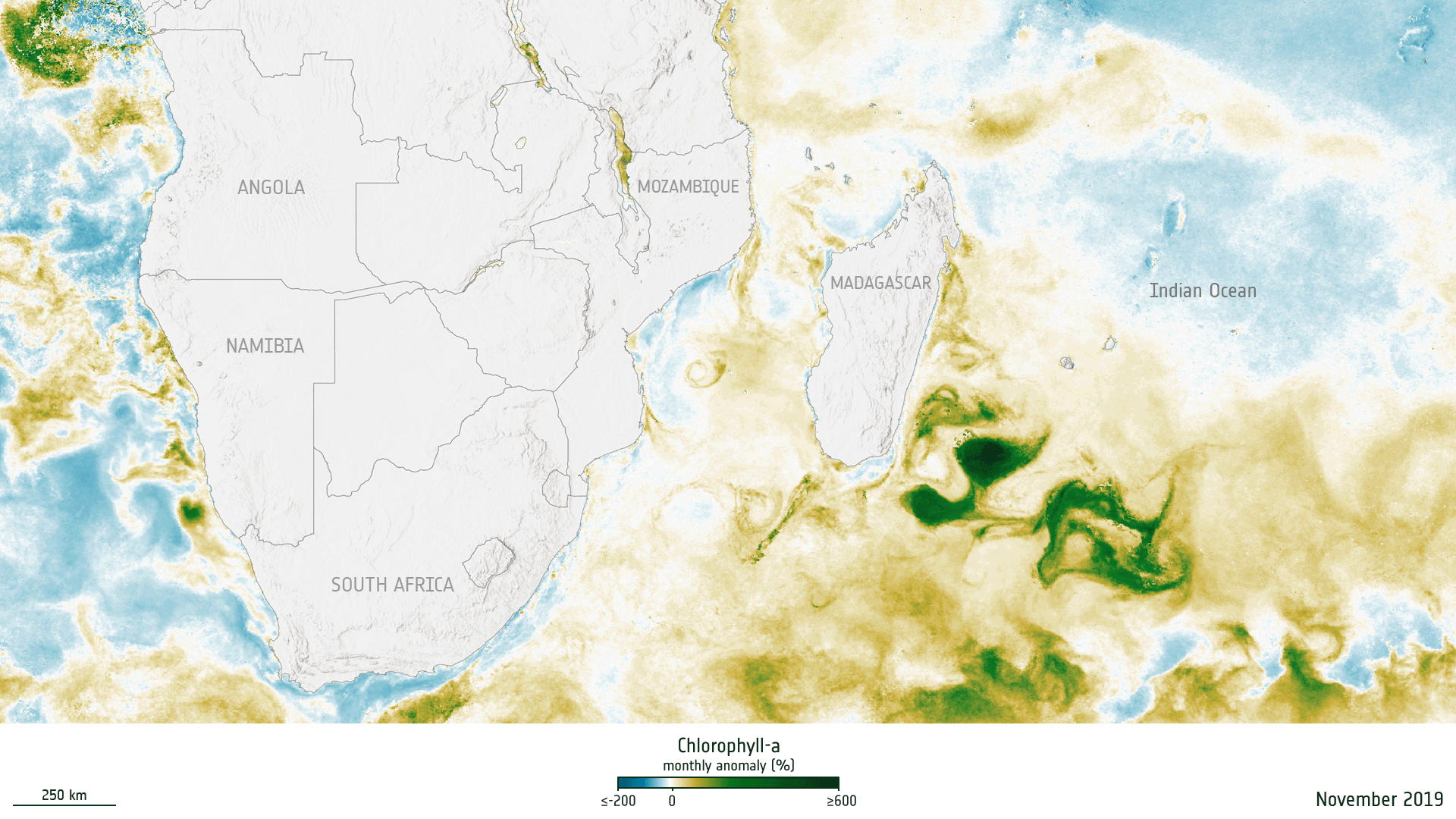Welcome to a new edition of ‘Last Week in Earth Observation’, containing a summary of major developments in EO from the last week and some exclusive analysis and insights from TerraWatch.
Four Curated Things
Major developments in EO from the past week
💰 Contractual Stuff: Funding, Contracts and Deals
Contracts
- The US National Geospatial-Intelligence Agency has released a request for proposal for AI-based data labelling services worth $708M over 7 years;
- BlackSky won a contract worth $6M from an international defense sector customer for providing high-resolution, low-latency imagery services;
- NOAA awarded $11M in grant funding to 17 companies, including EO startup Hydrosat and weather startup Salient Predictions among others;
- NOAA awarded contracts worth $5.4M to four companies including Booz Allen Hamilton, Element84, Noblis and Orion Space for integrating natural language processing capabilities to information processing systems;
- Planet has renewed its contract with the Federal Police of Brazil focused on illegal activity and deforestation monitoring;
📈 Strategic Stuff: Partnerships and Announcements
Announcements
- ESA released a new strategy for Earth observation science focusing on understanding the feedbacks and interconnections within the Earth system, rather than targeting specific Earth system domains.
- The new Science Strategy includes six major thematic objectives: the water cycle, the carbon cycle and chemistry, energy fluxes, ecosystem health, extremes and hazards, and interfaces and coupling in the Earth system.
- Planet launched Project Centinela to help leading scientists, conservationists, and stewards monitor fifty of the world’s vulnerable biodiversity hotspots;
- NOVI, a satellite-based edge computing startup announced a new on-orbit, real-time data processing platform.
🗞️ Interesting Stuff: More News
- A new report published by a group of US-based national security think tanks noted that the US faced strong competition from China in EO capabilities;
- The US National Reconnaissance Office plans to have 100 new satellites, as part of its proliferated architecture, by the end of the year;
- UAE-based EO solution provider Bayanat and communication satellite operator Yahsat merged to form Space42, a new AI and space focused firm;
- The European Commission proposed a delay to the implementation of its deforestation regulation (EUDR), until the end of 2025;
- The EU also published an FAQ document which notes that the Commission does not plan to provide recommendations on which satellite imagery tools to use or what resolution to follow.
🔗 Click-Worthy Stuff: Check These Out
- This paper that looks into an underreported challenge in EO: the confusing number of jargons and terminologies and proposes common vocabularies and an interoperable thesaurus for EO;
- This paper that presents an approach to characterise the structural complexity of the Earth's forests using spaceborne lidar i.e. the GEDI mission;
- This article that summarises the results of a study that found that parts of Antarctica are turning green with growing plant life at an alarming rate due to climate change.

EO Summit 2025: Call for Sponsors
If you are an EO company and would like to position yourself in front of end users, investors, and other EO companies, then consider sponsoring EO Summit. You need to be where your customers, partners, and investors are.
We have some attractive sponsorship options for all, available on a first-come, first-served basis. Check out the sponsorship brochure.

One Discussion Point
Exclusive analysis and insights from TerraWatch
The Future of EO-Derived Climate Risk Data
The risks associated with climate change are typically divided into two categories: physical and transition risks. Even though they are categorised into two groups, all the climate-driven risks are interconnected. The earlier we take action (i.e. reduce our dependence on fossil fuels and protect biodiversity) managing the transition risks, the more manageable the physical risks might be. The longer we wait, the worse both risks become for everyone.

EO and Climate Risk
Data acquired from the different types of sensors provide crucial information for most of the climate risks. Satellites launched by governmental agencies have been collecting data about the state of the planet and our activities on it for more than five decades. That coupled with data from emerging commercial satellites and a variety of other sensors (drones, aerial, balloons, weather stations and other ground sensors) play a distinct role in understanding climate risk, serving as inputs to the climate models around the world.
Become a member to read the deep dive on EO for Climate Risk which includes an introduction to climate risk, the types of risks, the importance of EO, an overview of the landscape for measuring, reporting and responding to climate risks and some examples of climate risk in use.
Climate Risk in the Real Estate Market
EO-derived climate risk data is becoming mainstream in the real-estate market. It is difficult to think of a future when any large infrastructure or property-related decisions are made without assessing the flood, wildfire, heat and sea level risks, supported by long-term satellite observations and records.
First Street, an US-based organisation that provides climate risk data for real estate firms has had success recently seeing its proprietary models integrated into prominent property marketplaces such as Zillow, Realtor, Redfin, Homes. com etc.
The Black Box Problem
With a growing number of commercial climate risk solutions in the market, one subject that does not get the attention is the the black-box problem i.e. the challenges associated with evaluating the validity and uncertainty of the various climate risks models and benchmarking them.
There is a very limited understanding of the steps involved in the transformation of data derived from satellites into actionable insights, in this case, inputs to the climate risk models. As the figure below shows, different datasets might lead to different results, especially as the output depends on each of the steps in the process, coupled with a possible subjective nature of the contextualised insight.
So, as much as we focus on the role of commercial EO in offering insights to solve a particular climate-related problem, it is equally, if not more, important to be able to fully understand how the insights were derived. Whether it is through continued peer-reviewed publications, complete transparency through an open-source model or simply letting the market decide, that remains to be seen.

Scene from Space
One visual leveraging EO
Monitoring Phytoplankton Bloom from Space
New research, published recently, revealed that dust carried by the wind from southern Africa towards Madagascar in 2019, delivered essential nutrients and boosted marine phytoplankton growth triggering the largest phytoplankton bloom in two decades. The following image from ESA shows the change in chlorophyll-a using data from ESA's Ocean Colour project, part of the Climate Change Initiative.

Until next time,
Aravind.






